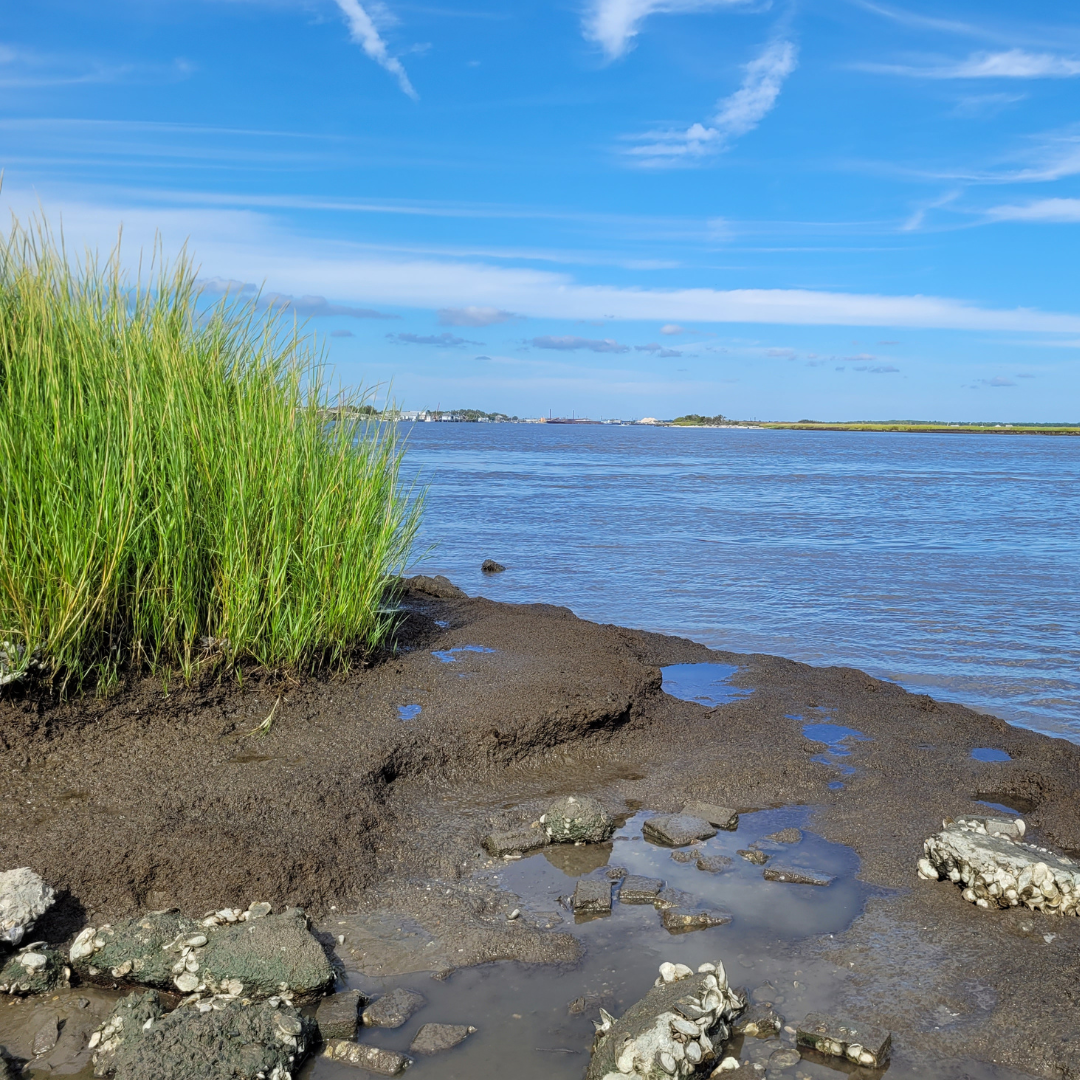
4 minute read
Microplastics Are Forever: Let's Keep them Out of Our Water
Partnership for the Delaware Estuary gave prizes for three student presentations at this year’s Delaware Estuary Science & Environmental Summit. Meghana Parameswarappa Jayalakshmamma won in the category of Best Oral Presentation. Sam Solomon and Matt Gentry tied as winners in the Best Poster Presentation category. PDE would like to congratulate all three winners again, and thanks all the students who gave presentations at the Summit.
Best Oral Presentation, 2023 Delaware Estuary Science & Environmental Summit
Advertisement
Microplastics Are Forever: Let's Keep them Out of Our Water
By Meghana Parameswarappa Jayalakshmamma, Ph.D., student at the New Jersey Institute of Technology
In 1869, John Wesley Hyatt invented celluloid, the first synthetic plastic, as an ivory alternative to save elephants.
Not only could plastic mimic ivory and other rare materials, but it had other benefits. Plastic was strong, flexible, lightweight, and cheap. Before long, many industries mass-produced everyday items such as combs and shirt collars with plastic instead of tortoise shell and linen. Plastic production especially boomed during World War II when natural resources were difficult to obtain.
Now, however, this once-beneficial substance has become an environmental burden. Today, every single piece of plastic ever produced is still around in some fashion, as a whole, or in fragmented microplastics and nanoplastics. They don’t degrade completely. They can only be recycled or reused. Microplastics are tiny plastic particles less than 5mm, which is about the size of an ant, a grain of rice, or the tip of a new crayon. They can come from various sources, including clothing fibers, tires, cosmetics, and packing materials. Nanoplastics are any plastic less than one micron (can only be seen with a microscope).
During storms, microplastics and nanoplastics wash away with runoff into our rivers, lakes, and oceans. Once they’re there, they pollute the water and become an unwitting member of the food chain. Fish and other species eat and drink the tiny particles, which humans, in turn, ingest by eating them and drinking through the public water supply.
To better understand the impacts of microplastics in stormwater and the environment, I am analyzing microplastics in stormwater runoff and their accumulation in natural and engineered stormwater control systems. My research is through the New Jersey Institute of Technology’s Center for Natural Resources, under the supervision of Michel Boufadel, Ph.D. My research focuses on collecting road runoff from various land uses (urban areas and commercial locations) that enter drainage sewer systems and then quantifying and characterizing the type of microplastics I find in the samples through advanced techniques such as a DXR Raman microscope and a Fourier transform infrared spectrometer. These devices allow me to get a spectrum of the polymer type from each microplastic.
So far, the most prevalent type of plastic I’ve found is tire rubber which comes off during regular wear and tear, followed by polypropylene and polyethylene from single-use plastics found in items such as plastic bags.
Microplastics are not a single contaminant but consist of different chemical structures of polymers, co-polymers, additives, sizes, and shapes. Thus, their toxicity and behavior in the environment varies with these parameters along with the concentration.
My research includes developing environmental models to understand the path microplastics take to our rivers and oceans. From this information, I can devise alternatives to stop many microplastics in their tracks by understanding their direction. “Green infrastructure,” such as stormwater ponds or green roofs, are two examples, as these structures can act as a “sink” for collecting and absorbing microplastics and keep them from going into waterways. By staying informed and taking action to reduce plastic waste, we can all play a role in protecting our waterways and the creatures that inhabit them and promoting a healthy planet for future generations.
Meghana Parameswarappa Jayalakshmamma is a Ph.D. candidate in Civil Environmental Engineering at NJIT with expertise in water quality, water, and wastewater treatment. Her current research focuses on microplastics in stormwater, specifically on their fate and transport in the urban environment. Additionally, Meghana has 2.5 years of industry experience in designing wastewater and water treatment plant units, investigating stormwater flooding, and providing turnkey solutions to these problems.
STRONG COMMUNITIES/STRATEGY C2.5: PUBLISH AND SHARE OUTREACH MATERIALS AND SCIENTIFIC RESULTS
CLEAN WATERS/GOAL 2, REDUCE OTHER POLLUTANTS AND THEIR IMPACTS








